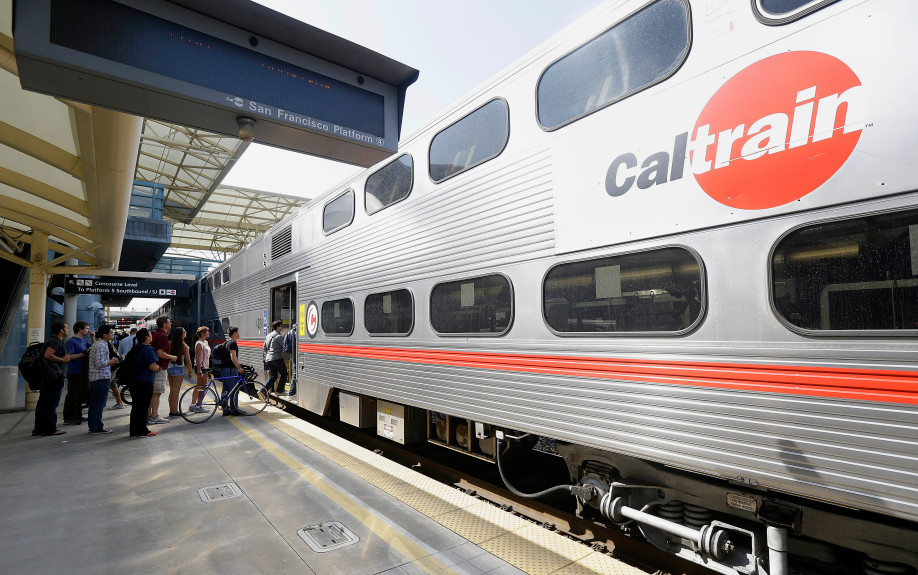SB 827 helps solve Bay Area housing, traffic challenges

Allowing more people to live near public transit is a win-win: It makes it possible for more of them to commute by rail or bus, while at the same time making transit less expensive for taxpayers to build and maintain.
California taxpayers fund billions in transit subsidies each year. In 2015, local governments spent more than $3.5 billion on transit on top of more than $350 million in state funding.
Some specific local zoning rules can prevent people from living near — and thus using — these costly transit centers. And without enough riders living nearby, trains and buses require expensive subsidies to operate. In contrast, when more riders live within walking distance of transit projects, transit fares can cover a much-larger percentage of operating costs.
California cities are home to several expensive, low-ridership rail lines. Los Angeles’ latest expansion of the Expo Line, for example, was built in relatively low-density neighborhoods that don’t lend themselves to much public transit use. It would make financial sense for real estate developers to take advantage of the new rail connection by building taller buildings that can hold more residents near the new stops—but current zoning prevents this. Partly for this reason, the Expo Line as a whole covers less than a quarter of its operating expenses with ticket sales.